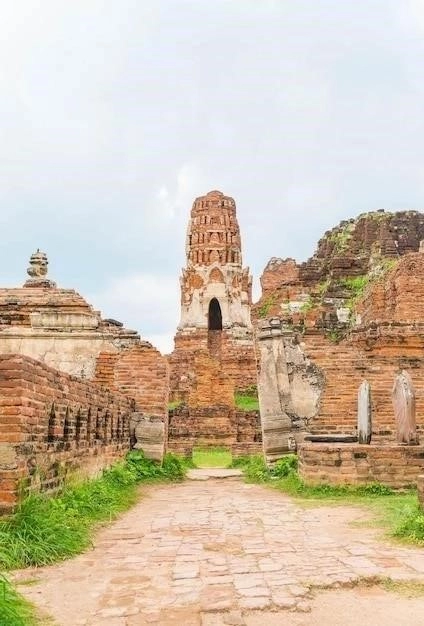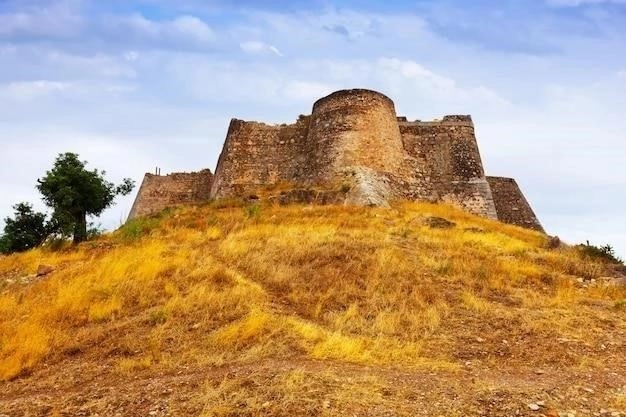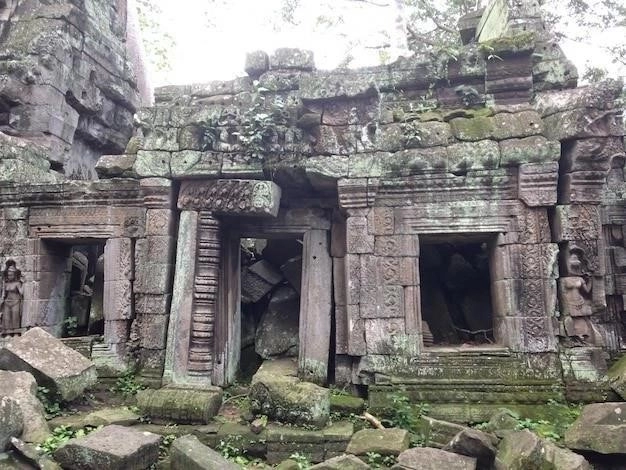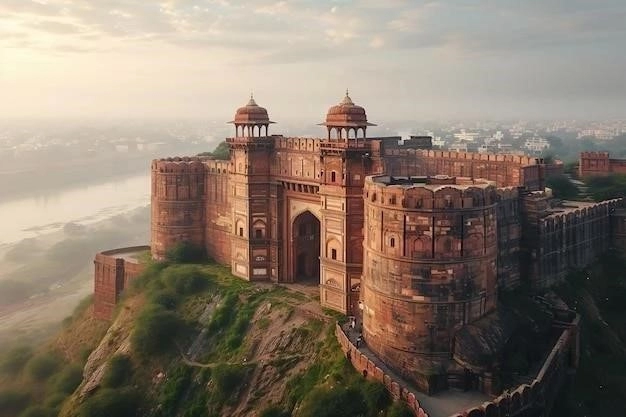The Murud Janjira Fort: An Invincible Bastion on the Arabian Sea
Off the scenic coastline of Maharashtra, India, the Murud Janjira Fort stands as a testament to the regions rich history and architectural prowess. Perched majestically on an island near the town of Murud, this formidable structure has captured the imagination of visitors for centuries, whispering tales of resilience, power, and the ebb and flow of empires.
A History Forged in Stone and Sea
The Murud Janjira Fort, also known as Janjira Fort, is not just a structure; its a saga etched in stone and sea. Its story begins in the 15th century٫ with a small wooden fort built by a local Koli fisherman chieftain٫ Rajaram Patil. This rudimentary structure٫ christened Medhekot٫ served as a humble defense against pirates and thieves. However٫ the forts destiny took a dramatic turn with the arrival of the Siddis٫ an Abyssinian Muslim community.
In the 17th century, a Siddi general named Malik Ambar, serving under the Nizamshahi dynasty, recognized the strategic importance of this island outpost. Under his command, the wooden fort underwent a metamorphosis, emerging from its humble beginnings as the formidable stone edifice we see today. This transformation, however, wasnt achieved overnight. It was a labor of love, sweat, and strategic brilliance, taking over two decades to complete.
An Impregnable Fortress
The Janjira Forts strategic location, approximately 3 kilometers from the Murud coast, played a crucial role in its enduring strength. Situated in shallow, rocky waters, the fort was effectively shielded from large warships, making a direct naval assault nearly impossible. This natural barrier, coupled with the forts ingenious design, rendered it virtually invincible for centuries.
Heres a closer look at the architectural marvels that made Janjira Fort a force to be reckoned with:

- Massive Bastions: Twenty-six imposing bastions, some towering up to 40 feet high, guard the forts perimeter. These strategically placed bulwarks bristle with cannons, serving as a stark warning to any potential invaders.
- High Protective Walls: The forts walls, built from sturdy rock, rise high above the waves, forming an impenetrable barrier against enemy attacks.
- Strategic Design: The forts layout, with its winding passages, concealed entrances, and strategic vantage points, was designed to confuse and outmaneuver attackers, giving the defenders a distinct advantage.

A Legacy of Resistance
Throughout its storied existence, the Janjira Fort withstood numerous sieges and attacks. The Marathas, the Mughals, and even the Portuguese, all formidable maritime powers in their own right, attempted to breach its defenses, only to be repelled time and again. The forts remarkable resilience against these relentless assaults earned it a reputation as an impregnable stronghold, a symbol of resistance against invading forces.
A Glimpse into the Past
Today, the Murud Janjira Fort stands as a silent sentinel, a majestic ruin whispering tales of a glorious past. While time has taken its toll, the forts imposing structure and strategic brilliance continue to captivate visitors. Stepping through its weathered gateways is akin to taking a step back in time, offering a glimpse into a bygone era of maritime power struggles and the enduring legacy of the Siddis.
As you explore the forts ramparts, imagine the echoes of clashing swords, the roar of cannons, and the unwavering spirit of the defenders who held their ground against insurmountable odds. The Murud Janjira Fort is more than just a tourist attraction; its a living testament to human ingenuity, resilience, and the enduring power of history.

A Deeper Dive into the Architectural Legacy of Murud Janjira Fort
Beyond its reputation for invincibility, Murud Janjira Fort holds within its weathered walls a treasure trove of architectural marvels. The forts design is not merely a testament to defensive strategy, but also a reflection of the Siddis aesthetic sensibilities and mastery of construction techniques.
The Art of Fortification: A Closer Look
The forts seemingly impregnable nature is a direct result of meticulous planning and a deep understanding of defensive architecture. Lets delve deeper into some of its key features:

- Strategic Placement of Bastions: The 26 bastions are not uniformly placed٫ but rather strategically positioned to provide overlapping fields of fire. This ensured that any attacking force would face a relentless barrage from multiple angles٫ making any approach a perilous endeavor.
- Concealed Entrances and Escapes: The forts main entrance is cleverly hidden from direct view, making it difficult for attackers to locate and breach. Additionally, the fort boasts a network of secret tunnels and escape routes, allowing defenders to move troops and supplies discreetly or to make a strategic retreat if necessary.
- Freshwater Supply: One of the most ingenious aspects of the forts design is its self-sufficiency. Several freshwater tanks within its walls, fed by rainwater harvesting systems, ensured that the fort could withstand lengthy sieges without succumbing to thirst.
Enduring Significance: More Than Just Stone and Mortar
The Murud Janjira Fort stands as a powerful symbol of resistance and the enduring legacy of the Siddis. It serves as a reminder of their maritime dominance in the region and their ability to hold their own against much larger empires. Today, the fort continues to captivate historians, architects, and travelers alike, offering a glimpse into a fascinating chapter of Indias coastal history.
Preservation and the Future: A Legacy Continued
While the ravages of time are evident on the forts structure, efforts are underway to conserve and protect this architectural gem. Recognizing its historical and cultural significance, the Archaeological Survey of India (ASI) is actively involved in its preservation. However, the forts remote location and the constant battle against the elements pose ongoing challenges.
Visiting Murud Janjira Fort is a journey through time, a chance to walk among the remnants of a glorious past and to marvel at the ingenuity of its builders. As we appreciate its enduring legacy, we must also acknowledge the importance of preserving such historical treasures for future generations. These structures are not merely relics of the past, but tangible connections to our shared human story, reminding us of the power of resilience, the ebb and flow of power, and the enduring allure of history.










